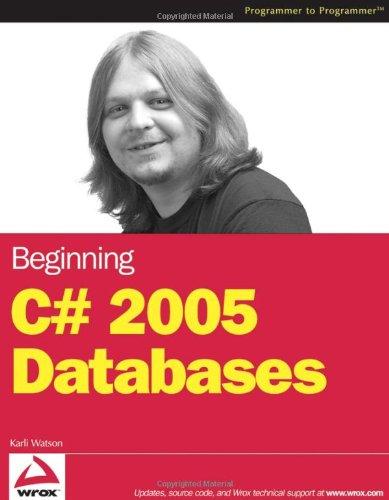Question
Does anyone know how to go about answering these questions, a basic explanation of how to come about these answers would be greatly appreciated.I have
Does anyone know how to go about answering these questions, a basic explanation of how to come about these answers would be greatly appreciated.I have bolded the questions with the answers below. I just am not getting the correct answers when I try to run through these in my head myself.
Question 1.
long a_fn ( long t , long e ) {
return e * e + t ; }
long fn6 ( vector & v ) {
return accumulate ( v . begin () , v . end () , 0 , a_fn ); }
If vector v = {1, 2, 3, 4}, what is the result of calling fn6(v)? The answer is 30
Question 2.
long fn7 ( const vector < vector >& v ) {
long result = 0;
for ( auto r : v ) {
for ( auto c : r ) {
if ( c % 2) result += c ; } }
return result ; }
If vector> v = {{1, 2, 3}, {4, 5, 6}, {7, 8, 9}}, what is the result of calling fn7(v)? 25
Step by Step Solution
There are 3 Steps involved in it
Step: 1

Get Instant Access to Expert-Tailored Solutions
See step-by-step solutions with expert insights and AI powered tools for academic success
Step: 2

Step: 3

Ace Your Homework with AI
Get the answers you need in no time with our AI-driven, step-by-step assistance
Get Started


